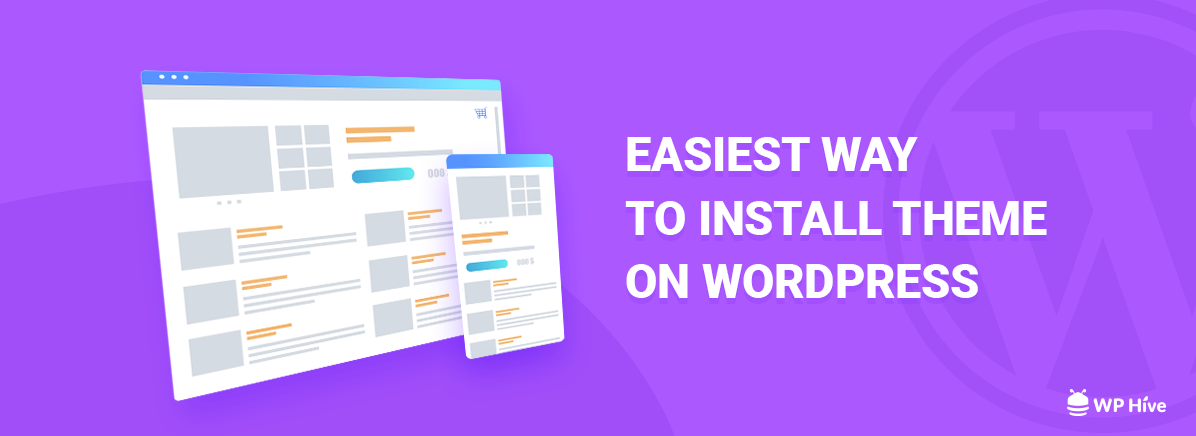How to Boost Sales on Social Media: 9 Proven Tips
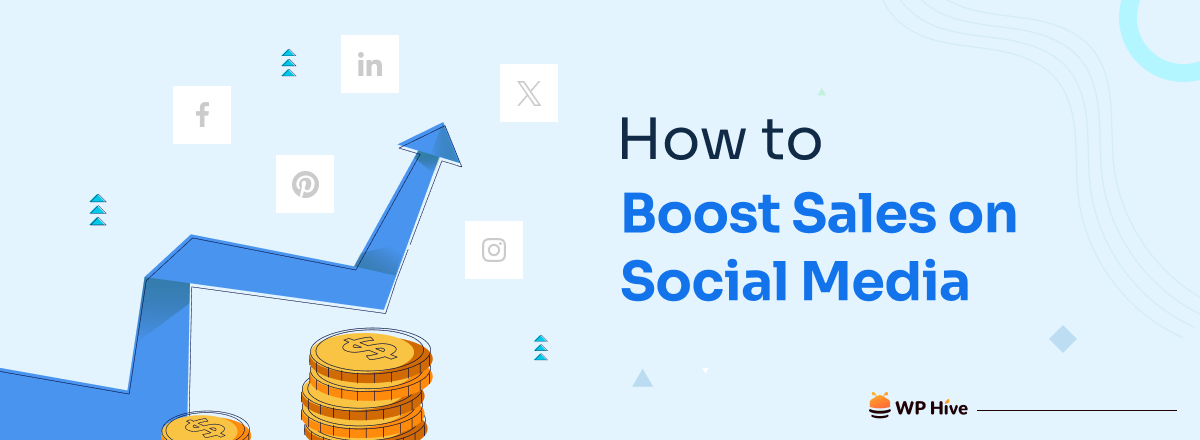
Whether it’s another bump in inflation, the beginning of WW3, or your aunt’s friend’s daughter’s dog doing a funny dance, chances are – you’re going to find out about it first on social media.
The great thing about social media is that it can be whatever you make of it.
For some, it can be a fantastic way to waste time and kill off prospects for a meaningful future by aimlessly scrolling through tons of useless content.
For others, it’s a goldmine of opportunities where you can connect with like-minded interesting characters, get in touch with long-lost friends, and last but not least – get rich.
Rather than proposing some sort of get-rich-quick scheme, what we’re saying is that – you can use social media to boost your company’s or small business’s sales in no time. In this article, we’re sharing some useful tips on how to boost sales on social media to further your entrepreneurial cause.
Why you should choose social media to boost sales
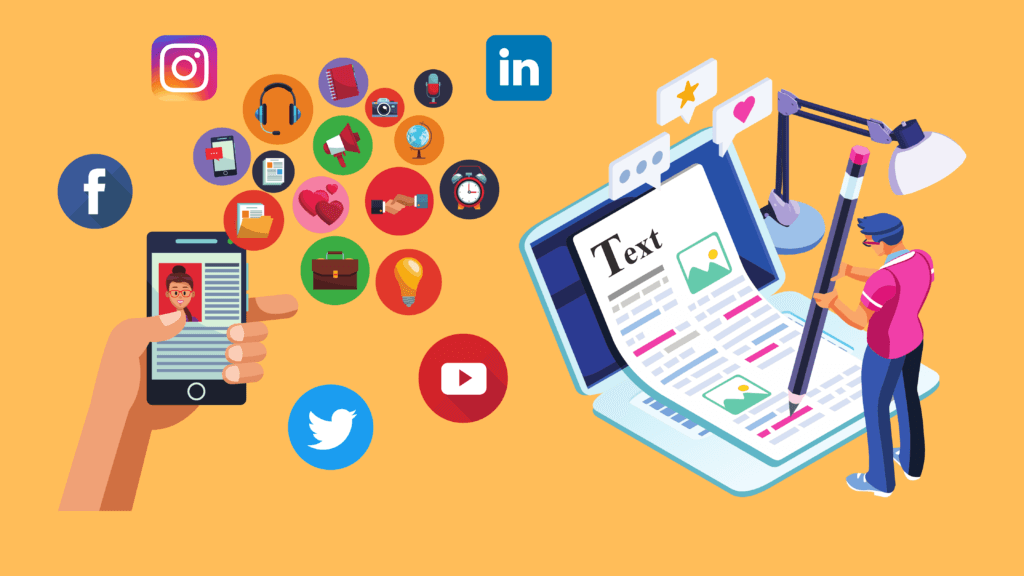
Choosing social media as a platform for your business or personal brand offers numerous advantages. Here are some compelling reasons why you might consider using them:
- Global reach: Social media platforms provide an opportunity to reach a vast and diverse audience worldwide.
- Targeted advertising: You can tailor your ads to specific demographics, interests, and behaviors, ensuring that your message reaches the most relevant audience.
- Engagement and interaction: You can respond to comments, messages, and mentions, fostering a sense of community and building stronger connections with your customers.
- Cost-effective marketing: Many platforms offer free accounts, and paid advertising options are often flexible and customizable based on your budget.
- SEO benefits: Social signals, such as likes, shares, and comments, can positively impact your website’s visibility in search engine results.
- Influencer collaboration: Social media platforms facilitate influencer marketing, allowing you to collaborate with individuals who have a significant following in your industry.
- Data and analytics: Social media platforms provide robust analytics tools that help you track the performance of your content and advertising campaigns. This data can inform your strategies and optimize future efforts.
While social media offers numerous benefits, it’s essential to approach it strategically and consistently. Developing a well-thought-out social media strategy aligned with your goals will maximize the potential benefits for your business or personal brand.
Tips on how to increase sales using social media
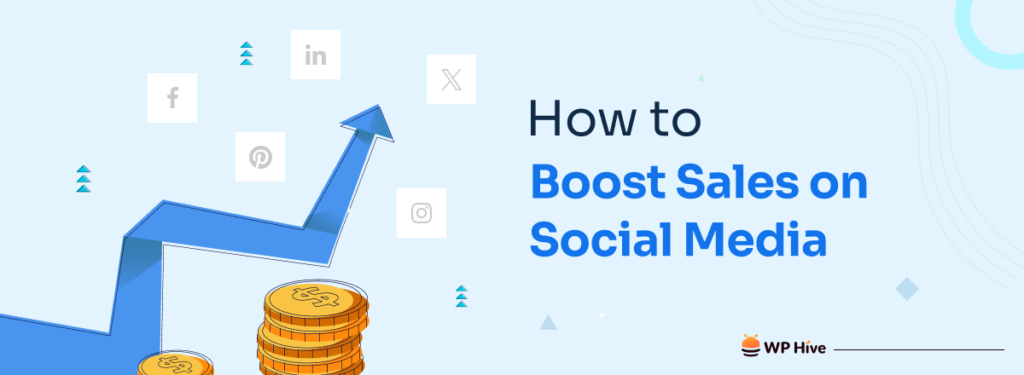
No one likes awkward situations and most people will go out of their way to avoid having an odd conversation with a stranger. This is what makes salespeople different from ordinary, non-sales-oriented folks.
Most people would get uncomfortable with pitching someone who obviously just woke up and is wearing house slippers, an idea of buying a Chinese vacuum cleaner, 24 monthly payments in total.
Salespeople, on the other hand, thrive on such awkward, but money-making opportunities.
Now imagine what you can do with e-commerce on social media, where being ‘social’ is a given, there’s no awkwardness, and it doesn’t matter where you are and what you’re wearing.
A crafty salesman can get away with murder if he knows how to use the major social media platforms to his advantage. Here are some tips on how to make the best of your social media presence to start earning money in no time.
1. Run a flash sales
In an intensely dynamic world of today’s online markets, gaining a competitive edge over other companies and small businesses is also a matter of timing, among other things.
The principle is observable throughout human history. This includes ancient bazaars where customers would haggle for a goat or a bunch of dates at a reduced price by offering money immediately upfront, to modern-day Facebook’s limited time offer available only today till 15:00!’. If you announce you’re willing to make a deal right now, no questions asked, chances are – people will respond.
Flash sales capitalize on this sort of mindset.
Offer a bunch of potential customers an opportunity to only get the amazing deal for a limited time and you will get customers racing to save money by buying at the right time.
Flash sales are one of the easiest social media marketing strategies to employ, but it’s totally viable and works like a charm if you do it right. (You don’t want to overuse it, though, because then it tends to lose its oomph with time.)
2. Use relevant and trending hashtags

Not all social media platforms are created equal when it comes to the impact hashtags have on the social media content posted.
Twitter is probably the best known as the ‘hashtag capital’ of the social media landscape. More meaning is often communicated by hashtags in Twitter posts than by the content of the post itself.
The reason Twitter works this way is the limit in how long a post can be. Thus, whatever hashtags you decide to use add a layer of meaning that the reader will certainly notice. Also, the Twitter search engine immediately picks up on catchy hashtags.
The same goes for other social media platforms, as well. Even though other online venues may not be as big on hashtags as Twitter, it still makes sense to use them wherever you can make a written-word post.
3. Set up pinterest contests
Different social media platforms offer unique ways of communicating with your audience.
On Twitter, you share a short, funny, or politically-charged comment that your followers can relate to.
On Pinterest, you can set up a so-called ‘contest’, where you post a Pinterest-optimized graphic to entice the members of your Pinterest audience to join in.
It can be a simple ‘repin this post 3 times and get a chance of winning an iPhone’ type of deal and you can expect to see the results that are measurable and that will give you an idea of the level of interest your audience has for a certain product.
4. Offer discount coupons/ special prices
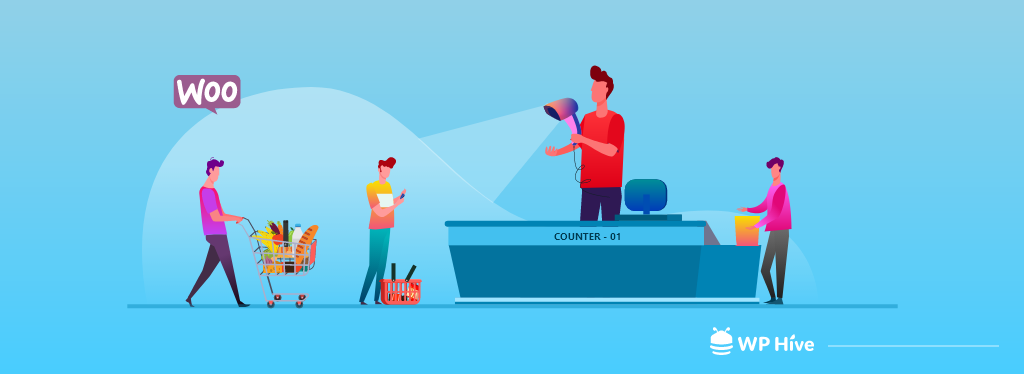
One of the great ways to get your potential customers to directly engage with your brand would be to make good use of coupons.
There are plenty of ways to use coupons and you are not simply limited to giving someone a virtual piece of paper that’s worth $10 in your e-store. You can do discount coupons, percentage write-offs, and even give your customers an opportunity to build in-store credit.
For example, every time someone spends $100 in your e-store, they get a stackable $10 coupon. Let’s say they make seven purchases over a course of a couple of months. That will give them another $70 to spend the next time they enter the e-store.
Also, money-off codes are a big thing and are easy to set up. What you do is give the members of your audience a code that will get them 10% off when buying something online. This way, the seller gets a potential flood of new customers and the person offering the code gets recognition.
Also read: How to Increase Social Media Engagement Organically
5. Advertise free shipping
A considerable number of potential customers who give up on an e-commerce purchase do so at the checkout.
Seeing that shipping will put an additional burden on their pocket discourages users often more than a steep price of the thing they’re buying.
For this reason, advertising free shipping can be a great way to encourage potential customers who are still on the fence regarding whether to commit to a purchase or not.
Another great aspect of this ‘move’ would be that there is no need for complex, custom-made digital posters. All you need to do is simply announce free shipping for some of your ware in an easy-to-see font, and you’re good to go!
6. Set up giveaways
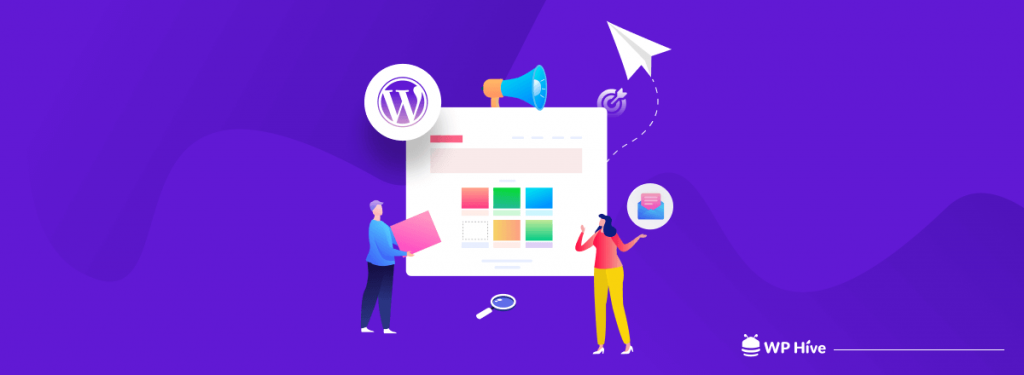
‘A major giveaway for every 2,000 new subscribers!’
‘A Playstation 5 giveaway at a local park. Sign up to take part in this magnanimous leisurely event!’
Whether you have a considerable Facebook presence or hope to enlarge your Twitter army – giveaways never fail to attract folks hoping to get free stuff.
Even if you just want to appear generous, (even if you’re really not) setting up a giveaway will give you an advantage over the competition. A simple gift to one or a couple of members of your audience can radically improve your brand image and set you on a map for potential investors. (Well, depending on whether or not your line of work is investable.)
7. Make use of topical and season-specific content
Getting aboard the hype train for the next big meme before everyone else does will set you apart from your competition.
Whether it’s Crocs 1.2 (whenever that curiosity gets invented), a novel stab at a Moon landing, or a new hit song by the Muse – pop culture and topical news are a gift that keeps on giving.
For the record, unless you’re 100% sure about what you’re doing, we would recommend steering clear from politics.
8. Feature user-generated content
Sometimes, users will make content that’s just as good as what professional social media experts can come up with.
Reposting what your users make on their own can act as a fantastic advertisement for your cause.
9. Encourage customers to share their customer journeys

A potential buyer will have a considerably higher incentive to commit to a purchase if they see that the buying process is a piece of cake.
Annoyingly complex checkout procedures, tardy loading times, and other issues can prevent a potential buyer from making a purchase.
A way to facilitate this process and encourage people to make a purchase is to ensure them that buying from you will be quick and effective.
A quick checkout can sometimes beat competitive prices, too.
Encouraging already satisfied customers to share their experiences purchasing your products or services is a fantastic way of encouraging new buyers, as well.
Final say
All in all, whether you’re selling handmade scented candles, or printed T-shirts, or are using your social media voice to find a partner for a major company project you have in mind, social media platforms offer a plethora of money-making opportunities.
From simple flash sales on Facebook to Pinterest contests, and Twitter Q&As, to other forms of earning money through your followers, social media platforms can help your business boost its sales.
On top of that, increased trust, recognition, and brand-building are also a unique off-shoot of selling on any of the platforms currently on the social media landscape. If you’re running a business, a strong social media presence is an absolute must.
Disclosure: WP Hive earns a commission when you buy through partner links. It does not influence the unbiased opinions of our writers. Learn more →
https://wphive.com/e-commerce/how-to-boost-sales-on-social-media/
Editorial Staff
Editorials from WP Hive staff.

